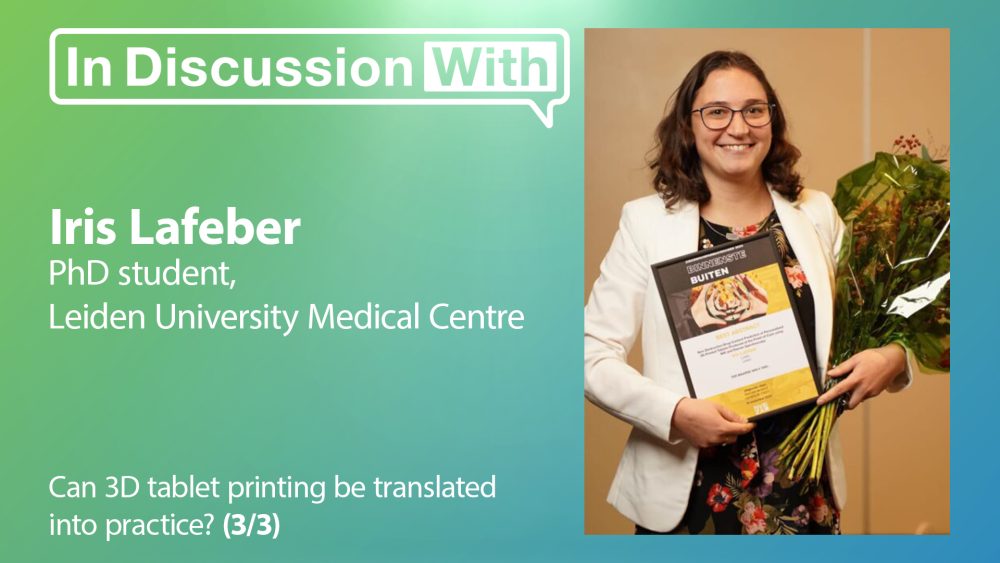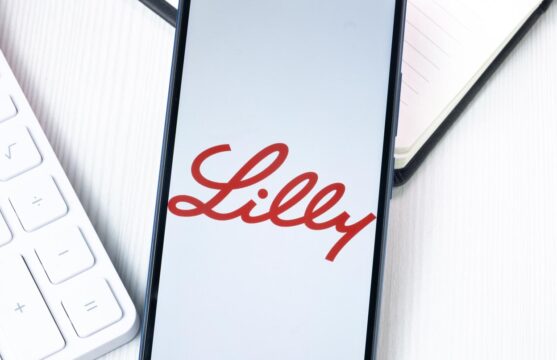Advertisment
Can 3D tablet printing be translated into practice?

A randomised, cross-over study has demonstrated bioequivalence of the 3D printed tablets with one commercial formulation but there are still additional hurdles to overcome before 3D printing of doses using off-the-shelf pharmaceutical inks becomes a reality, Pharmacist and PhD student Iris Lafeber (University of Leiden Medical Centre, The Netherlands) explains.
Bioequivalence study
In order to test for bioequivalence a randomised, open-label, crossover, single-dose study was conducted. Healthy adult volunteers (12) received either commercially-available 20 mg sildenafil tablets (Revatio™) or two tablets of 3D-printed sildenafil 10mg. After a seven-day washout period they received the other medication. After each dose blood samples were collected for 12 hours. There was no difference between the concentration-time profiles for the two formulations – indicating bioequivalence.
Results such as these raise the possibility of pharmacy departments keeping 3D printers for medicines and being able to print personalised doses for individual patients when required. “I think it’s very much feasible to keep a 3D printer in the pharmacy ……. because they’re not really that big ……. so they are really bench-top, so to say, in size. If you can keep stock mixtures then you can easily produce …… 3D-printed tablets”, says Ms Lafeber. In fact, this might be possible in both hospital and community pharmacies. The main hurdle at present is the question of quality control. “While we have the possibility to check our tablets before they go to the patients most pharmacies will not have that opportunity”, she explains. This is the subject of ongoing work.
Another important step would be the preparation of stock mixtures of pharmaceutical ink (drug solutions) ready to use for printing. “We would like to see that the stock mixtures can be produced by the pharmaceutical industry so that we don’t have to do that [labour-intensive] work ourselves at the pharmacy with all the implications for the operators”, she says.
Ms Lafeber is cautious about the next steps as 3D printing of tablets is a rapidly developing field at present. “We need to be absolutely sure that these 3D printed tablets are of good quality be go before they go to the patients” she says, noting that of anything goes wrong at this stage it could seriously set back the introduction of 3D printing for medicines. “I think this is a wonderful technique that can be of benefit for a lot of patients so I really hope to see this being implemented very soon – and very safely”, she concludes.
Read and watch the full series on our website or on YouTube.





